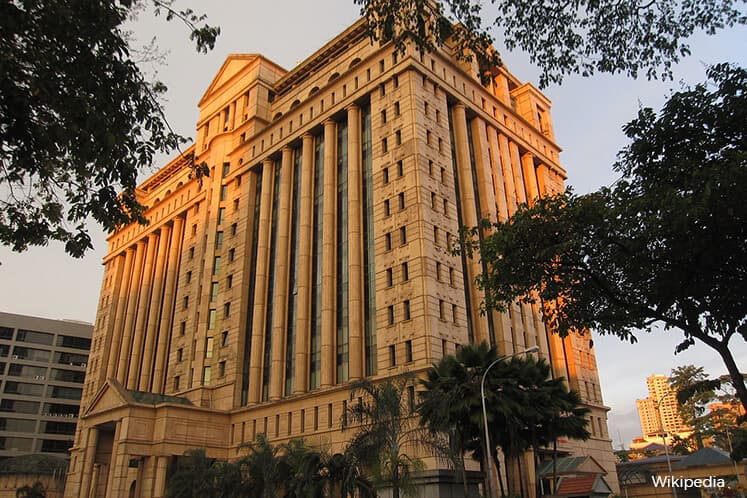
This article first appeared in The Edge Financial Daily on July 26, 2017
The FBM KLCI snapped a four-week decline and rebounded as we expected last week after the index approached the technical support level. However, the market seemed to be whipsawed and directionless last week. A “doji” Japanese candlestick pattern formed last week on the weekly chart indicates uncertainty. The FBM KLCI increased 0.2% in a week to 1,759.16 points last Friday. Yesterday, the index closed at 1,763.34 points.
Trading volume was firm last week compared with the previous week. The average daily trading volume increased from 1.9 billion shares two weeks ago to two billion shares. The average daily trading value increased from RM1.9 billion to only RM2.2 billion. This indicates more higher-capped counters, which are normally traded by institutional market players, were being traded.
Last week, local institutions were net sellers. Net selling from local institutions was RM130 million. Net buying from foreign institutions and retailers was RM76 million and RM54 million respectively. The ringgit slightly strengthened from RM4.29 two weeks ago to RM4.28 to US$1 last Friday.
Gainers beat decliners 17 to 12 on the FBM KLCI. The top gainers for the week were Genting Malaysia Bhd (+4.2% in a week to RM5.98), British American Tobacco (Malaysia) Bhd (+2.8% to RM44.16) and Axiata Group Bhd (+2.6% to RM4.72). The top decliners were Sapura Energy Bhd (-4.2% to RM1.58), YTL Corp Bhd (-3.4% to RM1.42) and Astro Malaysia Holdings Bhd (-3.1% to RM2.48).
Asian market performances were slightly bullish last week. Hong Kong’s Hang Seng Index and Singapore’s Straits Times Index climbed to two-year highs last week. China rose to a three-month high. However, US and European markets fell. US market took a breather last week after hitting a record high two weeks ago. Germany’s DAX fell to a three-month low.
The US dollar continued to weaken last week against major currencies. The US Dollar Index fell from 95.1 points two weeks ago to 94 points. The weakening US dollar boosted gold prices, which rose 2.2% in a week to US$1,255 (RM5,371.40) an ounce (Commodity Exchange gold price). Crude oil (Brent) fell 2.4% to US$47.93 per barrel. In the local market, crude palm oil futures ended up only 0.2% higher at RM2,572 per tonne.
The FBM KLCI rebounded last week, but is still within the tight trading range of between 1,750 and 1.760 points. The index has been trading in this range for the past two weeks. This shows that the market is directionless.
Technically, the FBM KLCI is still bearish in the short term, below the short-term 30-day moving average. The index also remains below the Ichimoku Cloud indicator. Moreover, the Cloud is changing from being bullish to bearish moving forward.
However, the momentum indicators are increasing in a bearish trend. Indicators like the Relative Strength Index and momentum oscillator are below their mid-levels but are climbing higher. The moving average convergence divergence indicator is also about to climb above its moving average. This indicates a weak bearish trend, which also indicates support. For the past two weeks, the FBM KLCI has been supported above the 1,750-point level.
The market may continue to be directionless as long as the index stays between 1,750 and 1,760 points. Based on the technical indicators, there is a higher chance for the FBM KLCI to break above 1,760 points.
Fundamentally, market sentiment may be driven by a stronger ringgit and bullish market performances in the region.
Therefore, we expect the index to break above the 1,760-point immediate resistance level, but potential upside may be limited by the next resistance level at 1,770 points, based on the short-term 30-day moving average and Ichimoku Cloud indicator. However, a breakout above 1,780 points indicates that the correction is over and the price trend is set to turn bullish.
The above commentary is solely used for educational purposes and is the contributor’s point of view using technical analysis. The commentary should not be construed as an investment advice or any form of recommendation. Should you need investment advice, please consult a licensed investment adviser.